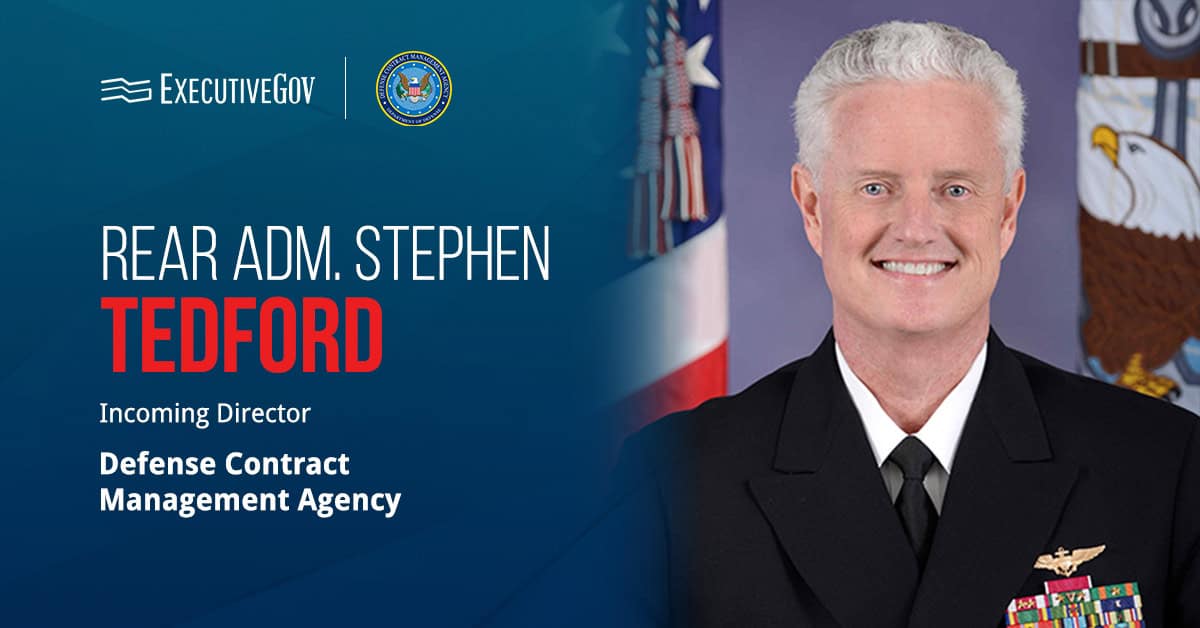 The U.S. Air Force has begun installation of new lightweight airborne recovery systems on A-10C Thunderbolt II jets based at Davis-Monthan Air Force Base in Arizona.
The U.S. Air Force has begun installation of new lightweight airborne recovery systems on A-10C Thunderbolt II jets based at Davis-Monthan Air Force Base in Arizona.The service branch said Friday its 309th Aircraft Maintenance and Regeneration Group is working to equip the A-10C fleet with LARS V-12 systems.
Staff Sgt. Andre Gonzalez, avionics technician at the 355th Aircraft Maintenance Squadron, said LARS V-12 is designed to help A-10 active duty fighter squadrons communicate with troops on the ground via GPS coordinates, voice and text.
Air Force technicians have already installed LARS on 19 jets from Davis-Monthan AFB and Moody AFB in Georgia over the past three months.





